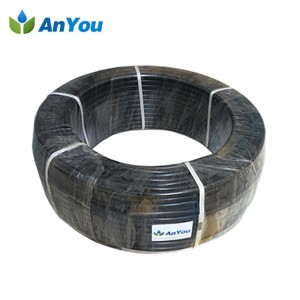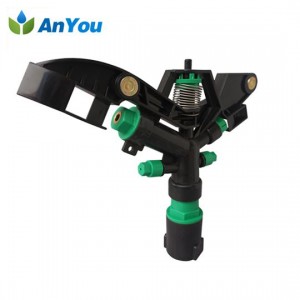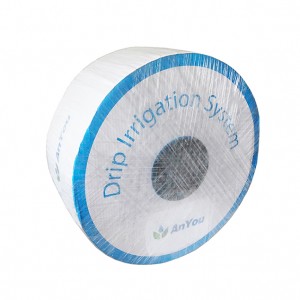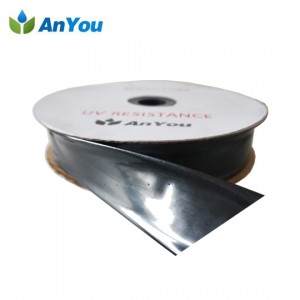Strawberries have high requirements for water. Timely multiple watering after planting can shorten the slow seedling period. After each top dressing, watering in time can supplement the water demand of strawberries and exert the fertilizer effect in time. Adequate soil moisture is important from flowering to berry ripening, which directly affects berry size and yield.
In dry years, the growing season should increase the watering frequency according to the drought of the soil, and always keep about 70% of the field water capacity of the soil. Watering is one of the important factors for high and stable strawberry yield, but too much soil moisture will cause the fruit to soften during the fruit development period, which is not conducive to transportation and sales. At the same time, serious diseases occur. Strongly advocate drip irrigation. Drip irrigation is suitable for the small and frequent water demand characteristics of strawberries. Strawberries are neither drought nor flood tolerant. In rainy years, attention should be paid to drainage and waterlogging during the rainy season.
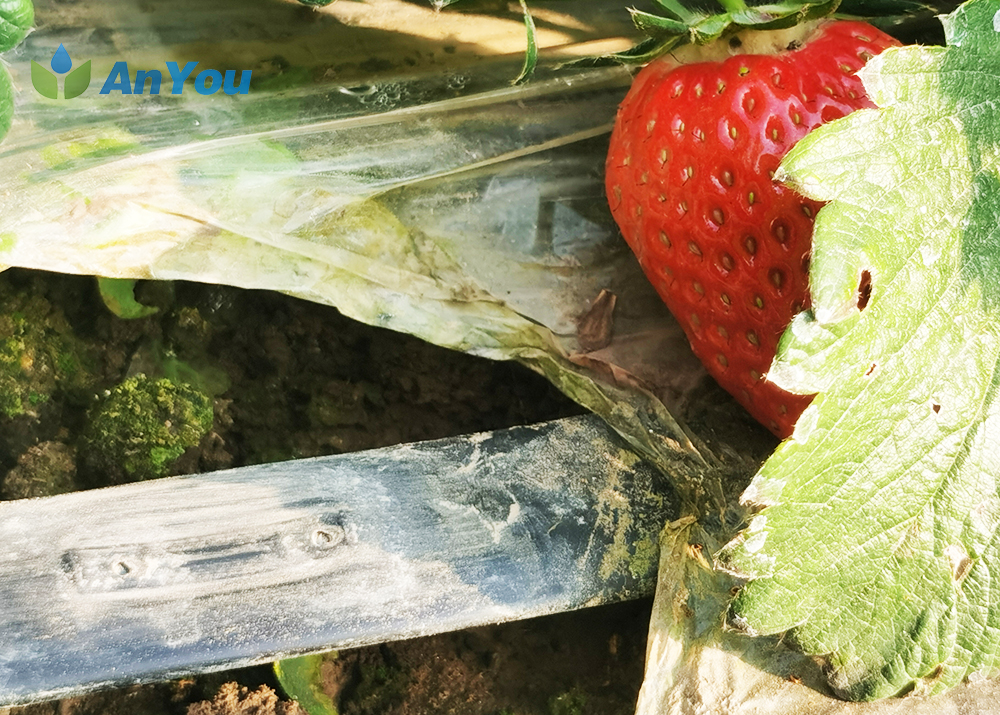
Irrigation methods used in strawberries
If conditions permit, it can be properly invested, and if you want to save labor costs, it is recommended to use the irrigation form of strawberry drip irrigation:
According to the texture of the soil (sandy soil, sandy loam, loam, loamy clay, clay) and the layout spacing of strawberries, lay the drip tape at the appropriate spacing position, and select the appropriate spacing of the drip holes.
The method of drip irrigation can more reasonably supply water and fertilizer to the land where strawberries are planted, and sometimes it can also adjust the temperature and humidity between strawberry plants, so that the soil will not be hardened, and it provides a good supply for fried noodles and strawberry fruits. Therefore, it can better achieve high and stable yield and improve the quality of fruit. According to relevant experiments, compared with other irrigation methods, drip irrigation can increase the yield of strawberries per acre by 30%.
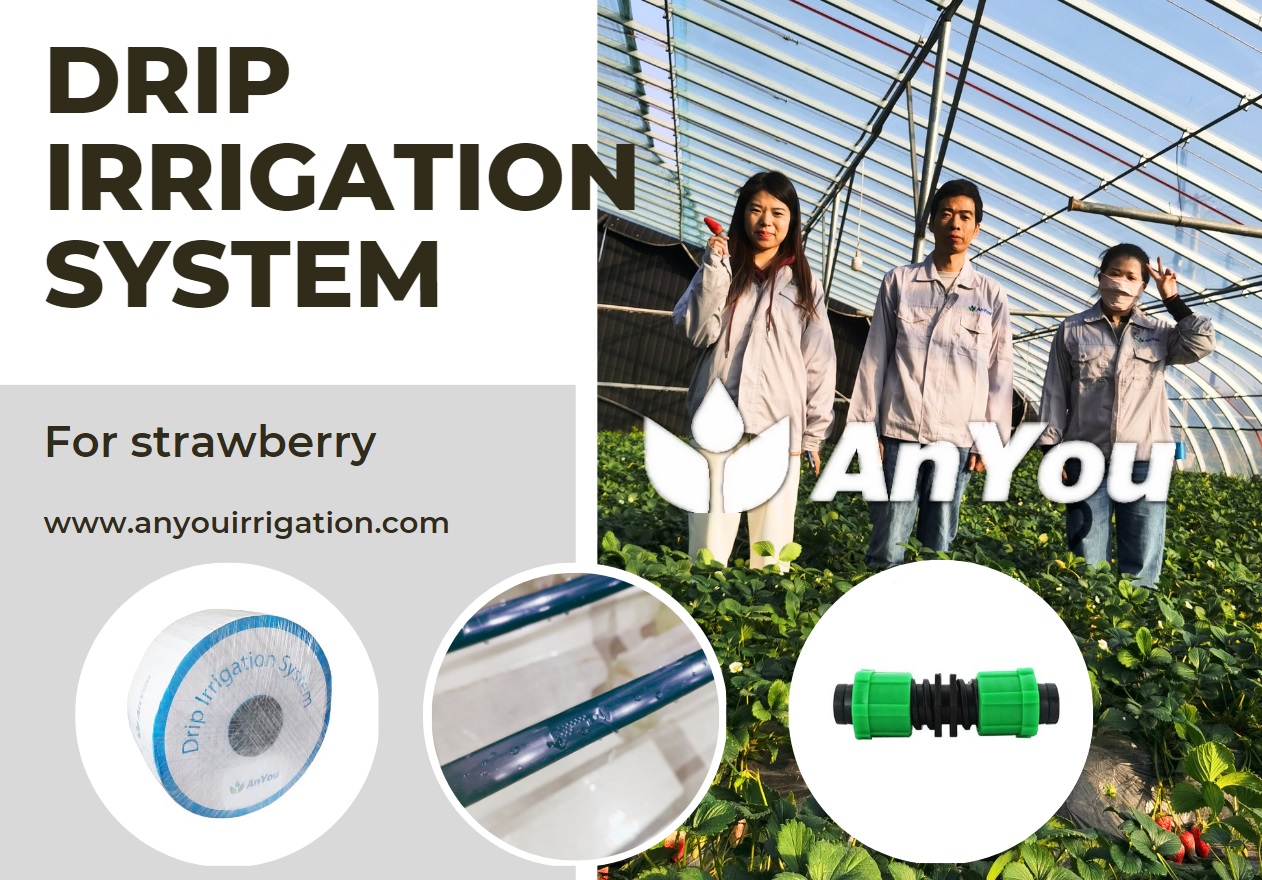
Strawberry watering precautions are as follows:
1. After the strawberries are planted, they should be watered immediately and continuously for 3-4 days. Check in time after watering, and replant the silted seedlings, exposed root seedlings, and crooked seedlings according to requirements. After planting, if it is sunny and hot, it is best to use reed curtains or leafy branches for shade.
2. After breaking the membrane and lifting the seedlings, the soil is usually relatively wet. Do not rush to water. The first water in spring can be postponed to the budding stage, but it should also be noted that there are many winds in early spring and the climate is dry. Check the soil moisture at any time. When the surface is dry , that is, it should be watered in time.
3. More water is needed from the budding stage to the early flowering stage, and the watering should be sufficient. In case of drought during the fruit harvesting period, watering is required, and it is advisable to water in the evening, night or the next morning after harvesting. However, it is necessary to pour a small amount of water to prevent the fruit from being soaked and cause rot. If conditions permit, it is best to use drip irrigation for better results.
4. Combined with watering during the budding stage, topdressing 10-15 kg of potassium sulfate compound fertilizer per acre, and then topdressing 10-15 kg of potassium sulfate compound fertilizer during the fruit expansion stage, and spraying 0.3% potassium dihydrogen phosphate from flowering stage to fruiting stage 3-4 times to increase fruit setting rate and improve fruit quality.
Post time: 21-04-2023



